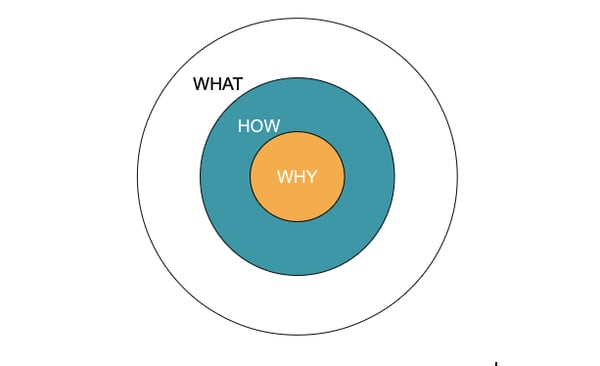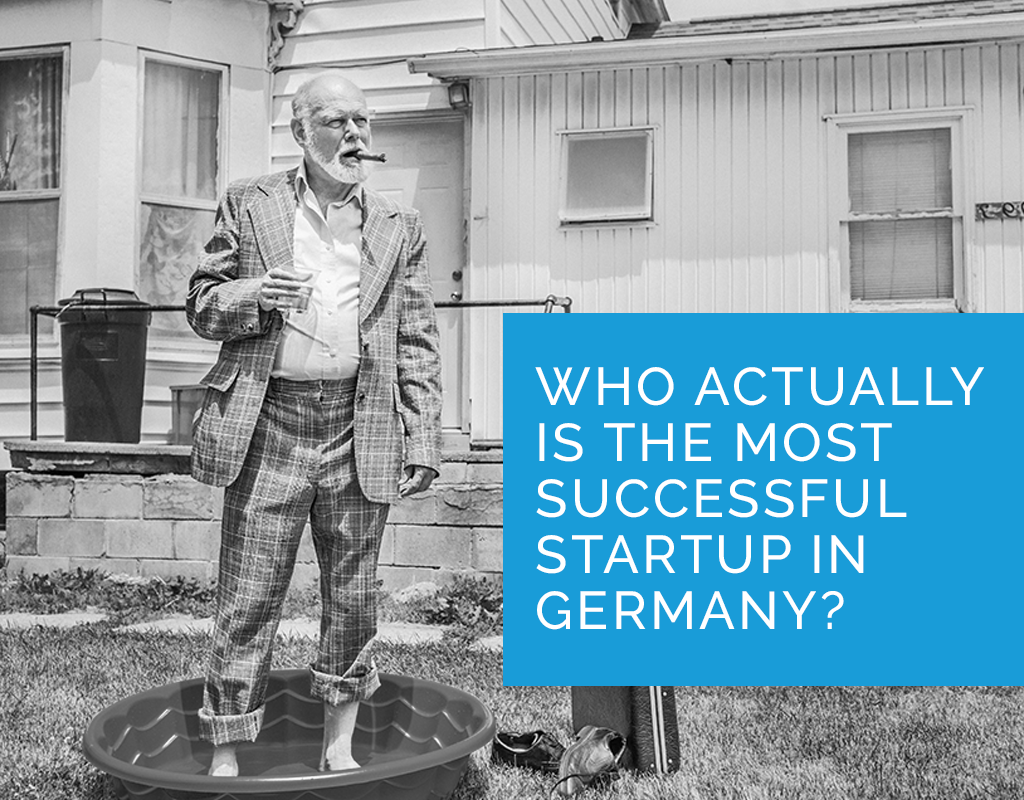Congratulations! You’ve founded your startup, and everybody around you really seems to like what you are doing. But somehow it seems hard to sell your awesome solution. Why is that? This is when it comes to actual sales strategy.
Being your solution’s own biggest fan isn’t going to sell it, when it comes to business-to-business (B2B) sales. The information age has changed a lot in the way we communicate and in the way we structure our working lives.
Everything is getting faster and smarter, and sales has to adapt to these changes as well. That’s why this article will introduce you into the world of smart agile B2B sales. But what does agile actually mean?
Agile Methodology is a type of project management process, mainly used for software development, where demands and solutions evolve through the collaborative effort of self-organizing and cross-functional teams and their customers.
Those methods and processes generally promote a disciplined project management process that encourages frequent inspection and adaptation, a leadership philosophy that encourages teamwork, self-organization and accountability, a set of engineering’s best practices intended to allow for rapid delivery of high-quality software, and a business approach that aligns development with customer needs and company goals.
The four core-values of agile methodology written down in the Agile Manifesto determine the underlying basis for each action while using the method which are
- Individuals and interactions over processes and tools
- Working software over comprehensive documentation
- Customer collaboration over contract negotiation
- Responding to change over following a plan
When looking at this method and applying it to the sales process, it seems like a no-brainer to implement. Focussing on the customer, being fast in adjusting your methods, sharing information across teams and having a transparent view on your current stand and goals seem to be a good approach for a modern sales team.
So how can we implement it from the start? I would say by focussing on the individuals (customer) and seeing how they can be addressed (interact) with the value of your solution.
In order to find a company's value proposition, and clearly explain how a company can truly differentiate itself from competitors, the American author and motivational speaker Simon Sinek invented a well-known method which is commonly used in marketing.
He established his model of the Golden Circles after publishing his first book, “Start with Why” in 2009 and describes it in detail in his popular TED talk How great leaders inspire action. The underlying belief of Sinek was: “People don't buy what you do. They buy why you do it.'' The golden circle consists of three subsequent circles named Why, How and What.
People don't buy what you do. They buy why you do it.
Why:
The center consists of the Why, the core belief and the reason why the business actually exists. It should make you take a step back and thereby allows you to take a sophisticated look at your company.
Do you already know your company's core purpose and the Why (it's not only to make a profit, that’s for sure)? Why do you get out of bed in the morning? And why should anybody care about your company? The Why also supports the precision and focus of one specific core purpose of the company and prevents the company to offer too many different features as stated in the customer discovery paragraph above.
Even though this step seems to be easy and obvious it should not be neglected when focusing marketing activities on the acquisition of new customers.
The Why is the crucial core requirement to come up with a real, focused value proposition that is needed by the customer. Additionally, it lies the essential basis for knowing how to communicate the company's How and What.
How:
This circle should reflect How the company fulfills the aforementioned core belief. Clearly show your product‘s USP here and why your company is different or even better than others.
This is also the step where you define your value proposition (or have done so in the past already) and validate it. Once again: Answer the following core question. What is your value proposition that differentiates you from others?
What:
100% of all organizations and people know What they do. A company defines its product (or service) variety that they offer for sale and communicates facts here.
Keep in mind that What-messages communicate only with the neocortex – that rational part of our brain that is not responsible for the decision-making (that includes a buying decision). Therefore that What-circle is the easiest circle to define, but also the least important one when it comes to the communication of your value proposition.
Wrapping up Agile B2B Sales
So to build your own sales story you first need to define your internal values to make it possible to communicate with potential customers.
The Golden Circles help you to have a generic mission statement to share with your team and build a generic sales story and marketing material. Keep in mind: Your employees are your first customers.
They have to have the USP in their blood as well to function as ambassadors for your vision. In a second step you need to specify this value proposition for your future clients. How these customers can be found and addresses will be defined in the upcoming sales strategy article.







/RootCamp_Logo-Ecosystem.png?width=200&name=RootCamp_Logo-Ecosystem.png)
/Bitroad_Logo-Ecosystem.png?width=200&name=Bitroad_Logo-Ecosystem.png)



/White%20Versions/stadt_leipzig_white.png?width=130&name=stadt_leipzig_white.png)
/lfca_white.png?width=119&name=lfca_white.png)

/White%20Versions/sachsen_signet_white.png?width=65&height=79&name=sachsen_signet_white.png)